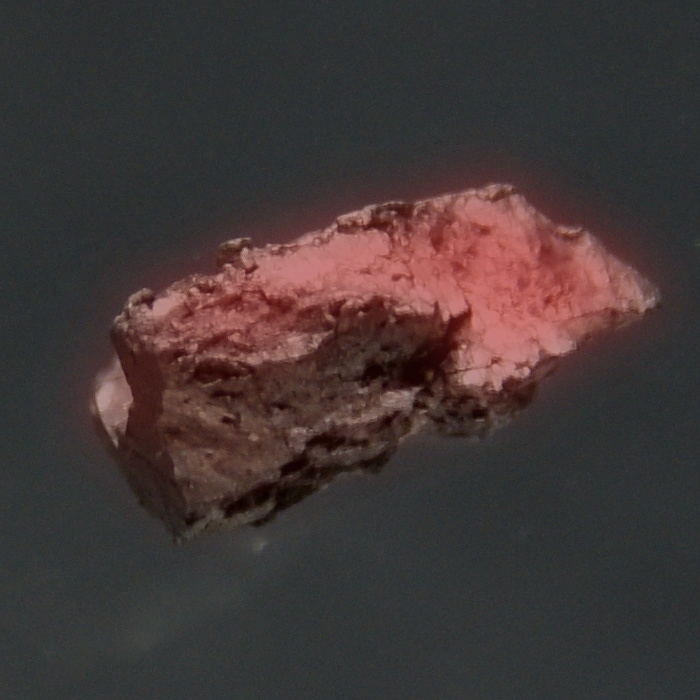Kűrium
96
Cm
Csoport
n/a
Periódus
7
Mező
f
Protonok
Elektronok
Neutronok
96
96
151
Általános Tulajdonságok
Rendszám
96
Atomtömeg
[247]
Tömegszám
247
Kategória
Aktinidák
Szín
Ezüst
Radioaktivitás
Igen
Madam Curie lengyel és férjéről Pierre Curie francia kémikusról
Kristályrácstípus
Hexagonális
Története
A kűriumot Glenn T. Seaborg, Ralph A. James és Albert Ghiorso fedezte fel 1944-ben a Kaliforniai Egyetem Berkeley-ben.
A Manhattan Projekt során plutónium alfa-részecskékkel történő bombázásával állították elő.
A kűrium fémet csak 1951-ben állították elő kűrium-fluorid báriummal történő redukciójával.
A Manhattan Projekt során plutónium alfa-részecskékkel történő bombázásával állították elő.
A kűrium fémet csak 1951-ben állították elő kűrium-fluorid báriummal történő redukciójával.
Elektronok száma héjanként
2, 8, 18, 32, 25, 9, 2
Elektronkonfiguráció
[Rn] 5f7 6d1 7s2
A kűrium felhalmozódik a csontokban, a tüdőkben és a májban, ahol rákot okoz
Fizikai Tulajdonságok
Halmazállapot
Szilárd
Sűrűség
13,51 g/cm3
Olvadáspont
1613,15 K | 1340 °C | 2444 °F
Forráspont
3383,15 K | 3110 °C | 5630 °F
Olvadáshő
n/a kJ/mol
Párolgáshő
n/a kJ/mol
Fajlagos hőkapacitás
- J/g·K
Gyakoriság a Földön
n/a
Gyakoriság az Univerzumban
n/a

CAS-szám
7440-51-9
PubChem CID azonosító
n/a
Atomi Tulajdonságok
Atomsugár
174 pm
Kovalenssugár
169 pm
Elektronegativitás
1,3 (Pauling skálán)
Ionizációs energia
5,9915 eV
Atomtérfogat
18,28 cm3/mol
Hővezetési tényező
0,1 W/cm·K
Oxidációs állapotok
3, 4
Felhasználás
A kűriumot főként tudományos kutatási célokra használják.
A kűrium gyakori kiindulási anyag nehezebb transzurán elemek és transzaktinidák előállításához.
A 244Cm legpraktikusabb alkalmazása az alfa-részecske röntgenspektrométerekben (APXS) alfa-részecske forrásként való felhasználás.
A kűrium gyakori kiindulási anyag nehezebb transzurán elemek és transzaktinidák előállításához.
A 244Cm legpraktikusabb alkalmazása az alfa-részecske röntgenspektrométerekben (APXS) alfa-részecske forrásként való felhasználás.
A kűrium radioaktivitása miatt ártalmas
Izotópok
Stabil izotópok
-Instabil izotópok
233Cm, 234Cm, 235Cm, 236Cm, 237Cm, 238Cm, 239Cm, 240Cm, 241Cm, 242Cm, 243Cm, 244Cm, 245Cm, 246Cm, 247Cm, 248Cm, 249Cm, 250Cm, 251Cm, 252Cm